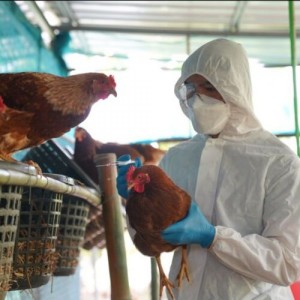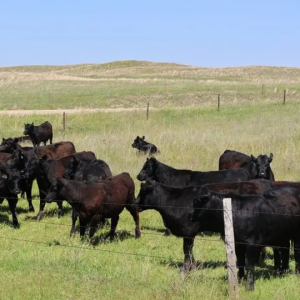World Organization for Animal Health (WOAH) warns of the effects of animal diseases on the rise in egg prices
Every year 18 million tons of eggs are produced in the world. They are consumed largely for protein content, with enough eggs produced to satisfy the demand of people on the planet and, more importantly, at a relatively cheap price compared to meat.
However, the World Organization for Animal Health (WOAH) has warned that the average cost of eggs has been increasing lately, specifically in Europe and North America, where production costs have risen dramatically. This is because millions of hens have been infected with avian bird flu since last October.
WOAH officials said that compared to last year, egg prices have soared by around 22% in Europe and 44% in the U.S., according to data from the European Commission and the U.S. Department of Agriculture. Rising costs along the supply chain and lower current availability of food and grain have directly affected this price increase. In addition, avian influenza has also played an undeniable role in this phenomenon in these regions, according to Ben Dallert, chairman of the International Egg Commission.
Avian influenza is a serious viral disease that primarily affects poultry and wild birds, often killing flocks and causing devastating socio-economic impacts. Since October 2021, more than 17 million cases in poultry have been reported to the World Organization for Animal Health. This number is higher than previous years, and more birds have died.
Once avian influenza reaches a poultry farm, the disease can spread very easily between birds and measures must be taken to mitigate its rapid transmission. One of the main containment measures is to cull birds that are infected, but healthy birds are also at risk of contracting the disease, due to possible direct or indirect contact with infected birds.
Slaughter of millions of birds
This year, some outbreaks have led to the slaughter of thousands of birds. For example, the Netherlands reported 33,000 cases of bird flu and, to mitigate its spread, more than two million domesticated birds were culled. This inevitably affects the ability to produce eggs.
In the U.S., the country has now lost 25 million hens, reducing its total egg production by 8%. This drop in production capacity causes a financial loss for egg producers and increases egg prices.
The WOAH cited the impacts that this type of disease has on producers. Although it is normal to consider the economic effects on farmers, as they suffer a decrease in their activity and income due to the impact of avian influenza on their farms, there are also secondary effects. Dallert said there is also an additional emotional impact. "When your animals die of this disease and you have to get rid of them, it's always a terrible experience for the farmer," he said.
WOAH concludes that, in addition to eggs, other commodities such as poultry meat can also be expected to be less available and more expensive for the same reasons. Animal diseases such as avian influenza can disrupt livelihoods and economies and threaten food security around the world. Therefore, the implementation of prevention measures, such as establishing adequate surveillance and improving biosecurity on farms, is key to avoiding further negative impacts.














List
Add
Please enter a comment